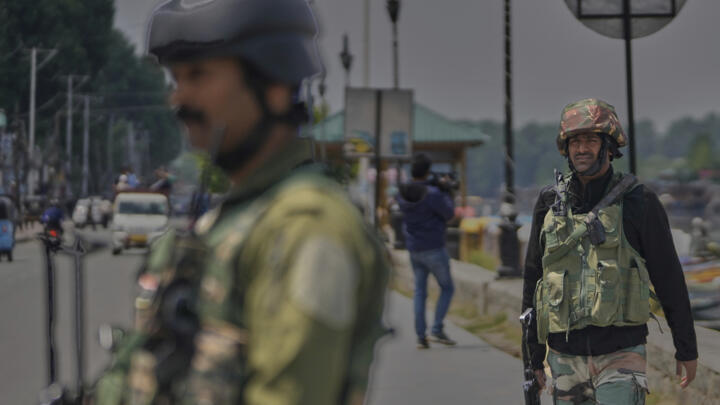Introduction
India and Pakistan, long-time regional rivals, agreed to a reaffirmed ceasefire in early 2025 along the Line of Control (LoC). While hailed as a step toward stability in South Asia, recent events suggest the peace remains fragile. Both nations continue to accuse each other of violations, especially concerning cross-border trade and security protocols. Here’s a detailed look at the top 7 facts surrounding the ongoing India-Pakistan ceasefire and the persistent undercurrents of conflict.

1. Ceasefire Reaffirmed in 2025
In January 2025, military officials from India and Pakistan issued a joint statement recommitting to the 2003 ceasefire agreement. The decision came after months of backchannel diplomacy facilitated by the UAE and the United States.
2. Trade Talks Still Frozen
Despite the ceasefire, bilateral trade remains at a near standstill. Since the 2019 Pulwama attack and India’s revocation of Article 370 in Jammu and Kashmir, formal trade channels have been effectively shut down. Efforts to revive them have failed due to political mistrust and security concerns.
3. Claims of Cross-Border Violations Persist
In the months following the agreement, both sides have reported alleged ceasefire violations. India claims Pakistani troops provided cover for infiltrations, while Pakistan accuses India of aggressive posturing and surveillance incursions.
4. Local Populations Remain Vulnerable
Residents along the LoC, particularly in Jammu and Kashmir, continue to live in fear. Despite reduced shelling, sporadic gunfire and the threat of landmine incidents persist. Many villagers remain displaced or are reluctant to return home.
5. Geopolitical Pressures Complicate Peace
The broader geopolitical landscape—particularly India’s growing ties with the US and Pakistan’s strategic dependence on China—adds complexity to the bilateral dynamic. These alignments influence how both nations approach diplomacy and defense on the LoC.
6. International Mediation Quietly Active
Although India typically resists third-party involvement, several international actors, including the UN and the Gulf states, have been quietly mediating to keep the peace intact. Confidence-building measures such as hotline communications have helped, but they are far from foolproof.
7. Long-Term Resolution Still Uncertain
Experts agree that without addressing core issues like Kashmir, the ceasefire remains a temporary bandage. Both sides need to invest in trust-building, economic collaboration, and sustained diplomatic engagement for any real progress.
Conclusion
The 2025 India-Pakistan ceasefire has undoubtedly reduced immediate hostilities, but tensions remain just below the surface. With violations still being reported and trade ties frozen, the peace is far from permanent. Continued dialogue and strategic patience are essential for lasting stability in the region.
Next read: Why the Indus Waters Treaty Still Matters
Stay informed with more in-depth geopolitical analysis by subscribing to our weekly newsletter.